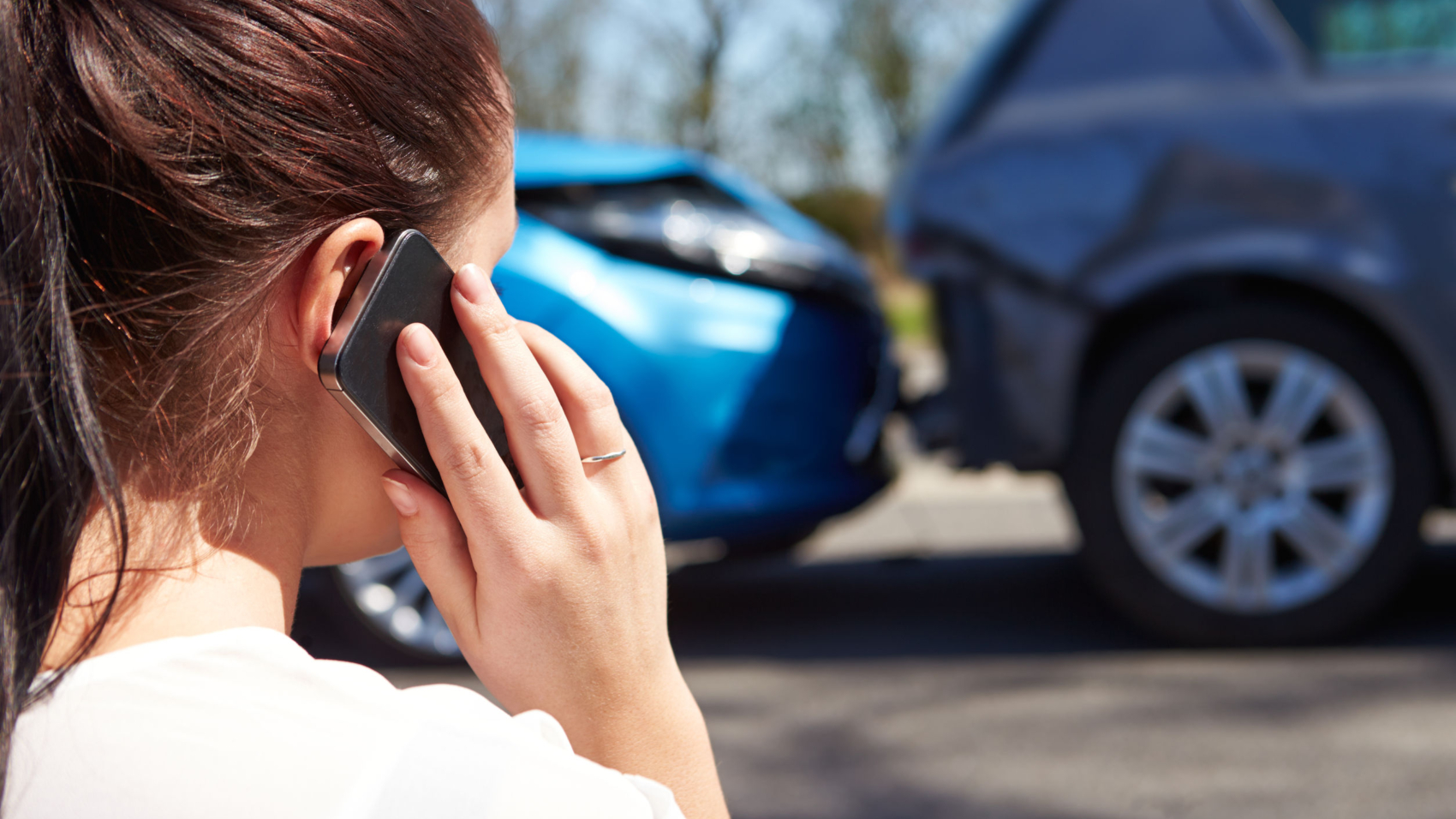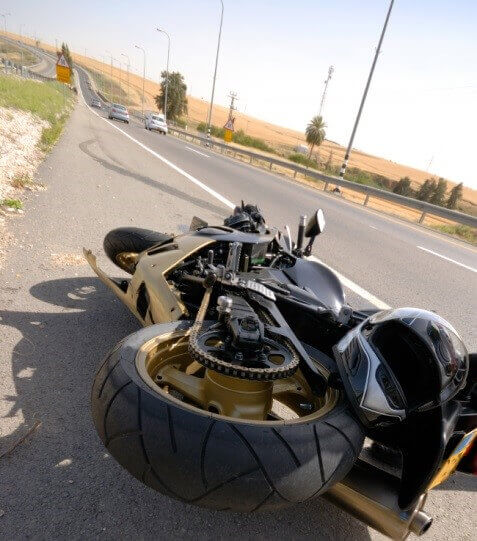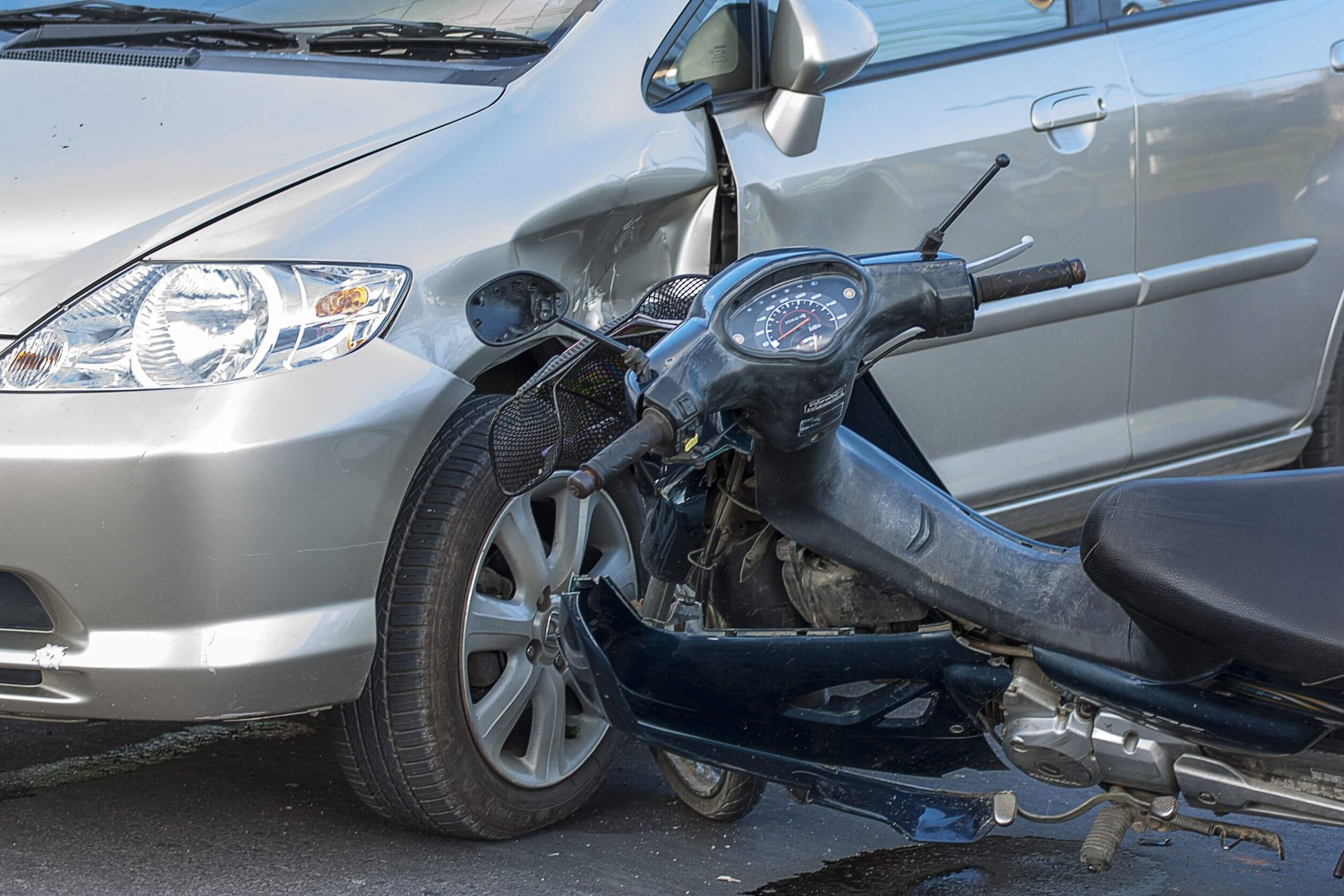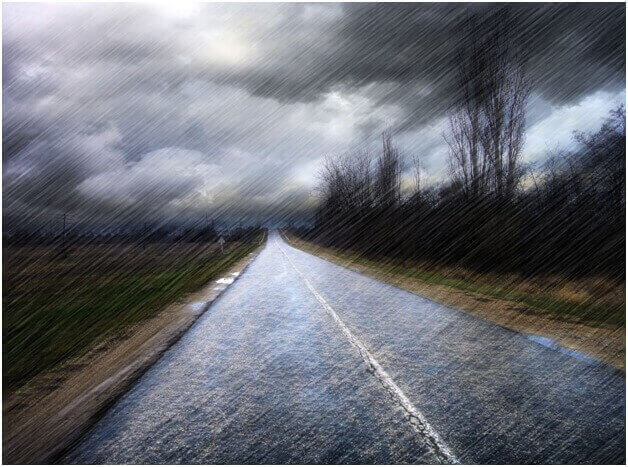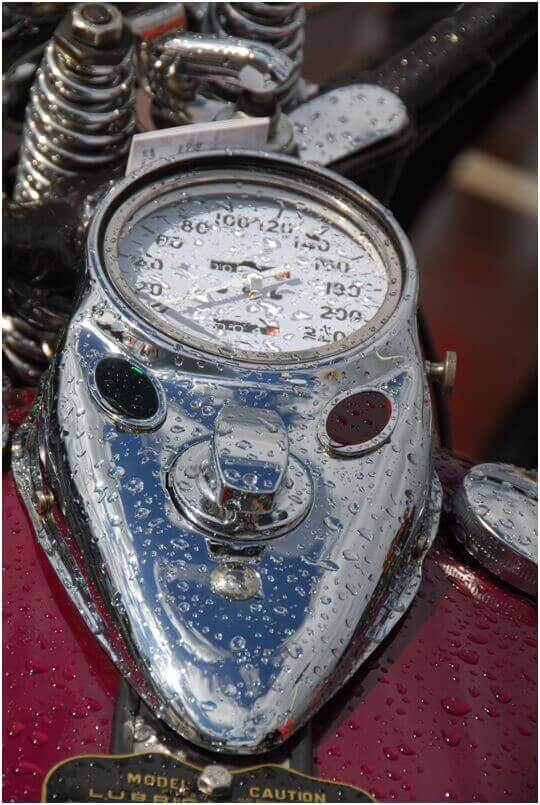Car crashes happen in Florida every day. Lots of car crashes. Which means lots of people getting hurt in all kinds of ways.
Below we are going to go over seven of the most common types of injuries that tend to occur in automobile accidents. If you are seriously hurt due to the negligent actions of another, you owe it to yourself and your family to fight back.
Types of Injuries You Might Experience If You are In an Automobile Accident
Head injuries. In a car crash, head injuries most often occur when the head makes impact with the windshield, window, or steering wheel. They can also occur if flying debris hits the skull.
It’s in your best interest to seek medical attention for any kind of head injury, no matter how minor. Head injuries can have long-lasting and serious complications, so the importance of a medical exam cannot be overstated.
Dizziness, bleeding, swelling, or temporary blackouts are all reasons to seek emergency medical care. Doctors will run tests to see if you have injury to your brain or if you experienced a concussion. Your medical diagnosis also serves as proof positive in a personal injury lawsuit, so it’s important to seek medical care even if the injury doesn’t seem particularly serious.
Soft tissue injuries. Some injuries due to a car crash aren’t immediately visible, and it may take days or even weeks for symptoms to show up. Whiplash is a common injury in a car crash that produces lingering pain in neck muscles and ligaments, but may not manifest immediately after an accident.
Consult your doctor if your joints are sprained or pain persists in your muscles. Your doctor will investigate the source of your soft tissue injury and recommend treatment. Getting treatment is important so you don’t make yourself susceptible to further injury.
Chest injuries. When the airbag deploys, it can cause bruising or even broken ribs. Seat belts are proven to save lives, but that doesn’t mean they don’t sometimes hurt you. Drivers are most susceptible to chest injuries, because their proximity to the steering column restricts freedom of movement. The steering column itself can injure the driver in a car crash if the impact is forceful enough.
Back injuries. Damage to vertebrae or the spinal column in a car crash can be permanently life-altering, depending on which disks are affected and to what degree damage occurred. Partial or full paralysis may occur from these kinds of injuries. Urgent medical care is essential to determine the level of the damage. Don’t hesitate to rush to the emergency room if you feel any numbness or pain in your neck or back after a car crash.
Abrasions. It’s common to experience bruising, cuts, and scrapes in a car crash. You may be slammed up against the interior or scratched up by the car itself. Also, flying debris like glass, cell phones, drinking cups, purses, and accessories may fly at you at high speed, causing painful bruises or cuts.
Some abrasions may be minor and treatable with a few stitches or home remedies. Others may be more serious and require extensive medical care. Surface abrasions may hide more severe ailments like head injuries or broken bones. If the pain lasts longer than what would occur with a normal bruise or cut, or if other symptoms go along with the abrasions, it is a good idea to get a doctor’s opinion.
Injury to extremities. Broken fingers, arms, legs, and toes can occur as a person is thrown against the vehicle interior or door in a crash. Side impact crashes tend to cause the most damage to limbs. People riding in the front seat may have knee or leg damage when they come into sudden contact with the dashboard. People riding in the back seat may experience damage to extremities as they are shoved into the seats in front of them.
These injuries need to be treated immediately by a doctor. Even if the pain is less than what you may expect for a broken bone, it’s wise to seek medical attention.
Pedestrian injuries. A pedestrian hit in a crash may suffer many of the injuries listed above. One third of non-traffic crashes involve pedestrians and cyclists, according to a report by the U.S. Department of Transportation.
Contact a knowledgeable Florida personal injury lawyer as soon as you’ve sustained an injury to get help building a solid case. Insurance companies often resist paying claims to rightful victims in car crashes, but an experienced attorney will work to fight the insurance companies and help you receive the help and compensation you deserve.




